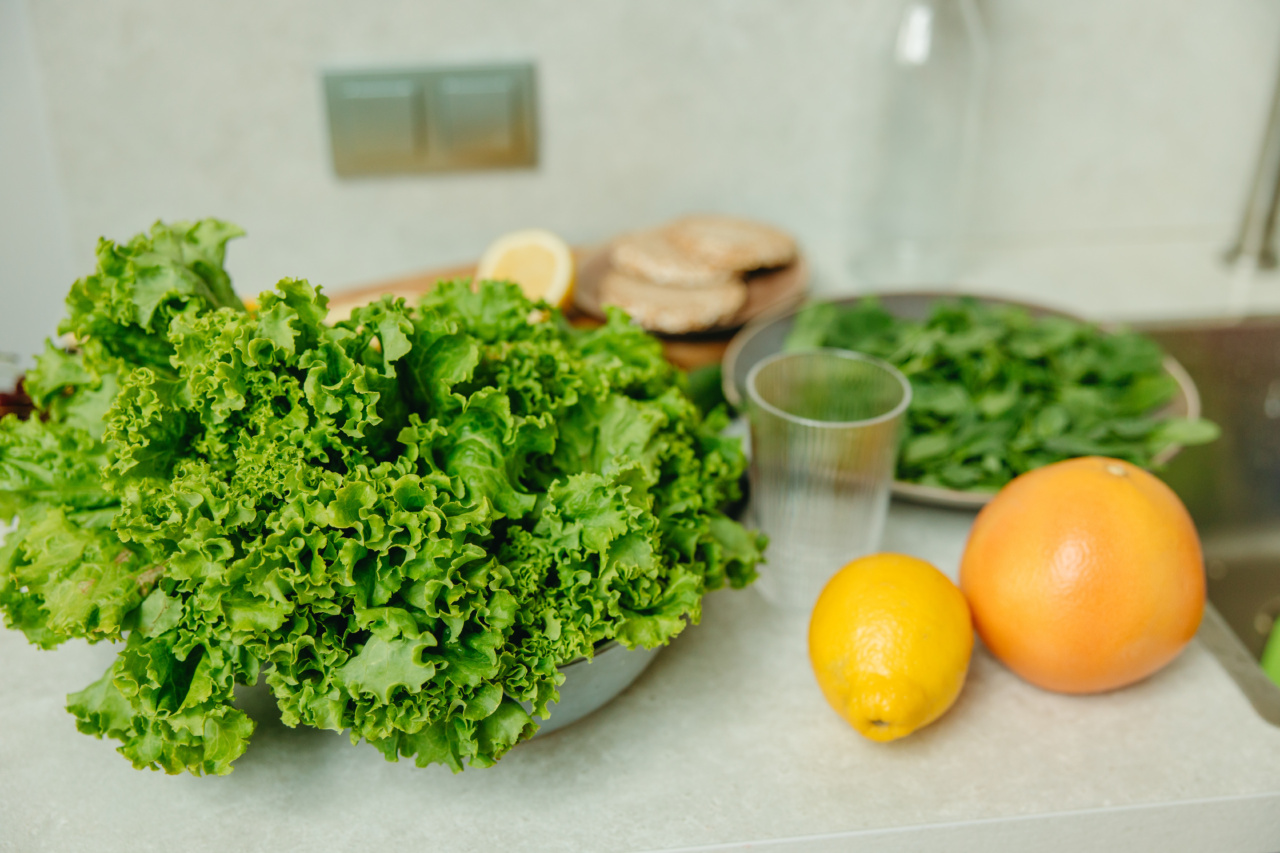Broccoli and cabbage are two of the most commonly consumed vegetables worldwide. They belong to the same family of plants, known as cruciferous vegetables, and share several similarities in terms of taste and nutritional composition.
However, individual perceptions of taste can vary greatly, and this is particularly true when it comes to these two vegetables.
Taste Perception
Taste perception refers to an individual’s ability to detect and interpret the flavors of various substances. It is a complex process that involves the interaction of sensory receptors on the tongue with chemical compounds present in food.
While the basic taste sensations include sweet, sour, salty, bitter, and umami, everyone’s taste perception can be influenced by factors such as genetics, cultural background, and previous experiences with different foods.
Broccoli: The Controversial Vegetable
Broccoli has long been a subject of debate among vegetable lovers. Some people absolutely adore its taste and find it to be a flavorful and versatile addition to their meals, while others find its flavor to be bitter, pungent, or even unpleasant.
This stark contrast in taste perception has puzzled scientists for years.
One possible explanation for the common dislike of broccoli is its natural chemical composition. It contains compounds called glucosinolates, which are responsible for its distinct bitter taste.
These compounds can vary in concentration among different varieties of broccoli, potentially influencing the intensity of the vegetable’s perceived flavor.
Another factor that contributes to taste perception is an individual’s sensitivity to certain compounds. Some people may have a higher sensitivity to bitter flavors, making them more likely to find broccoli’s taste overwhelming.
This sensitivity can be influenced by genetic factors, as certain taste receptors on the tongue are more sensitive to bitter compounds than others.
Cabbage: A Milder Alternative
Cabbage, on the other hand, generally has a milder taste compared to broccoli. It is often described as slightly sweet and earthy, with a delicate crunch.
This mild flavor profile makes cabbage a popular choice for a variety of dishes, including salads, stir-fries, and fermented preparations like sauerkraut and kimchi.
The taste perception of cabbage is also influenced by its chemical composition. It contains compounds known as thiocyanates, which contribute to its characteristic flavor.
While thiocyanates can have a slightly bitter taste, they are generally milder and less pungent than the glucosinolates found in broccoli.
Genetic Factors and Taste Perception
Genetics play a crucial role in determining an individual’s taste perception. Recent studies have identified specific genes associated with taste sensitivity, particularly to bitter flavors.
These genes can influence the number and functionality of taste receptors on the tongue, ultimately affecting how different foods are perceived.
One such gene is TAS2R38, which is responsible for detecting bitter compounds, such as those found in broccoli. Variations in this gene can result in differing levels of taste sensitivity.
Individuals with a specific variation of TAS2R38 may find broccoli’s bitter taste more pronounced, leading to a negative perception of the vegetable.
Interestingly, genetic factors can also influence an individual’s preference for certain foods.
Some studies suggest that people with a heightened sensitivity to bitter flavors may be less likely to consume cruciferous vegetables like broccoli or cabbage. This can be attributed to the natural bitterness of these vegetables and the individual’s genetic predisposition to perceive bitterness more strongly.
Cultural Factors and Taste Perception
Cultural background and culinary traditions can also shape taste perceptions. Different cultures have varying degrees of familiarity and exposure to specific flavors, which can influence preferences for certain foods.
For example, in some cultures, bitter flavors are highly valued and considered a desirable component of a dish. In contrast, other cultures may have a preference for milder, sweeter flavors.
Moreover, cultural food practices and cooking methods can significantly impact the taste of vegetables like broccoli and cabbage.
Different cooking techniques, such as boiling, steaming, or stir-frying, can alter the flavor and texture of these vegetables, affecting individuals’ perception of taste. Furthermore, the use of spices, herbs, and flavor enhancers in recipes can also mask or complement the natural flavors of broccoli and cabbage, leading to varied taste experiences.
Individual Experiences and Taste Perception
Individual experiences with specific foods can shape taste perception over time. In the case of broccoli and cabbage, previous encounters with these vegetables can influence future preferences.
For example, if an individual had a negative experience with poorly cooked or excessively bitter broccoli, they may develop a lasting aversion to the vegetable.
Furthermore, personal preferences and dietary habits can play a role in how broccoli and cabbage are perceived. Some individuals may enjoy the slight bitterness of these vegetables, while others may find it off-putting.
Additionally, taste preferences can evolve and change throughout a person’s life, often influenced by exposure to different flavors, cultural influences, and culinary experiences.
Conclusion
Understanding taste perception in relation to broccoli and cabbage reveals the complexity of individual preferences and experiences with these cruciferous vegetables.
While broccoli’s bitter taste and cabbage’s mild flavor are influenced by their chemical composition, genetic factors, cultural influences, and personal experiences also play significant roles. By acknowledging the diverse range of taste perceptions, we can appreciate the subjective nature of food preferences and explore ways to make these nutritious vegetables more palatable for everyone.































